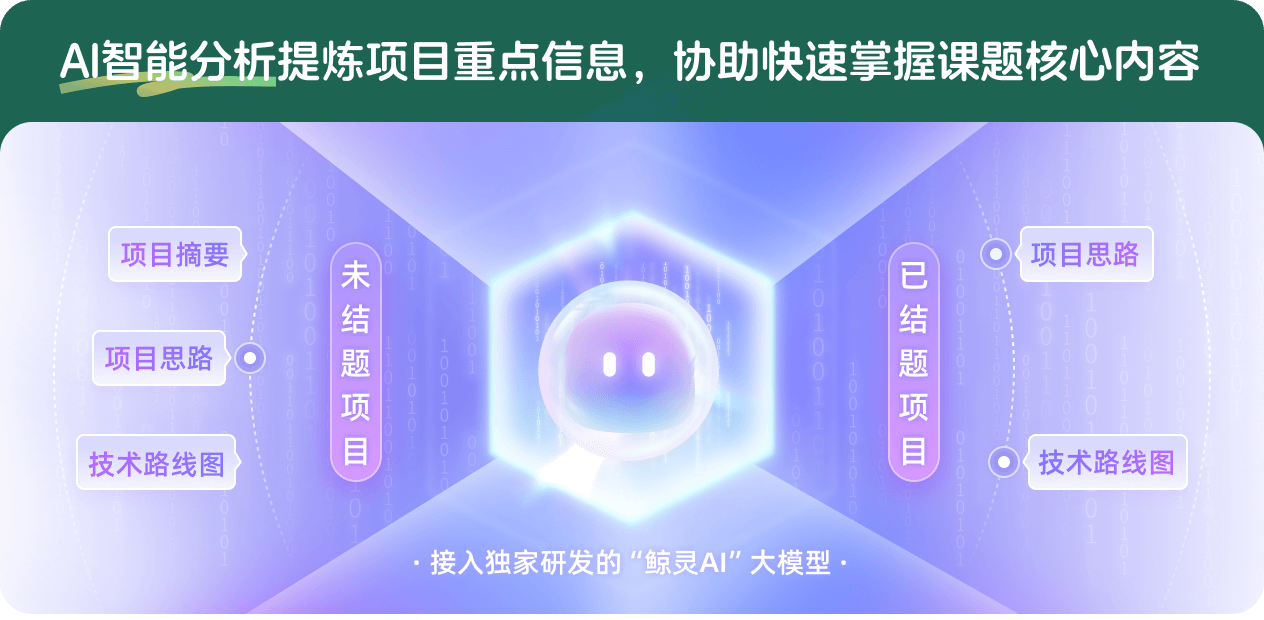CO2电还原反应中含铜二元金属体系催化剂的第一性原理研究和设计
项目介绍
AI项目解读
基本信息
- 批准号:21703176
- 项目类别:青年科学基金项目
- 资助金额:23.0万
- 负责人:
- 依托单位:
- 学科分类:B0301.化学理论与方法
- 结题年份:2020
- 批准年份:2017
- 项目状态:已结题
- 起止时间:2018-01-01 至2020-12-31
- 项目参与者:葛性波; 曹东; 田稚雯; 武晶;
- 关键词:
项目摘要
CO2 electroreduction refers to the technology that uses electric power to convert CO2 into energy-containing compounds. It has potentially great economic and environmental values. The key to achieve the high efficiency conversion of CO2 is the design of the catalyst. Copper is one of the widely studied CO2 electroreduction catalytic materials. It can reduce CO2 into alkanes, alkenes, and alcohols, however its catalytic performance still needs improvements. In this proposal, we will use first-principles methods to study and design Cu containing bimetallic catalysts. Specifically, our work will include (i). the investigation of the CO2 electroreduction mechanism in atomic scales using density functional thoery (DFT), (ii). the quantitative relation between catalysts’ structures and their performances through kinetic modeling, (iii). the proposal of a set of descriptor-based, quantitative criteria to test whether a catalytic system have high performance, (iv). screening from a large set of candidate materials with different element compositions and structures, and (v). experimental synthesis, characterization and testing of the most promising candidate materials. This project can potentially promote the catalytic performance of bimetallic catalysts in CO2 electroreduction. In addition, this project can provide theoretical guidance for the future design of CO2 electrorduction catalysts, and facilitate future research and developments.
CO2电还原指利用电能将CO2转化为储能化合物的技术,具有较大潜在经济、环境价值。实现CO2高效转化的关键在于催化剂的设计。铜是目前已发现的CO2电还原催化剂中研究得较多的一种材料,它可以将CO2还原为烷、烯、醇等产物,但其催化能力还不理想。近年来的研究表明,使用铜与其它金属形成的双金属电极能显著提高催化活性与选择性,因而可能是制得高效催化剂的途径之一。本课题中,申请人将利用第一性原理研究和设计含铜的双金属体系催化材料,其中包括利用密度泛函理论在原子尺度上考查CO2还原的反应机理;通过动力学模型得出双金属体系结构与活性之间的定量关系;使用基于描述子的方法,提出预测一个双金属体系催化活性的量化指标;对具有各种元素组成和微观结构的双金属体系进行理论筛选;最后得到候选材料并通过实验合成验证。本课题有望提升双金属电极的催化效率,并为催化材料的设计提供一定的理论指导,促进CO2电催化还原领域的研究。
结项摘要
CO2电解还原是一种解决碳中和问题和能量储存问题的可行方案,而实现CO2电解还原的关键在于找到合适的催化材料,能高效、有选择性地将CO2转化为烃类或醇类储能物质。在本课题中,我们研究了Cu以及Cu与其它金属形成的复合材料催化CO2电解还原的机理,并提出了设计高效CO2电解还原催化材料的可能策略。我们发现Cu与Pd、Pt、Ni形成的合金及Cu与其他金属氧化物形成的复合材料可能具有催化活性。在这些材料中,合金位点及相界面位点具有与金属Cu完全不同的催化活性。同时,CO2电解还原的中间产物COH、COH、OCCO相对于CO的稳定性及生成这些产物的活化能可以作为衡量材料催化活性的标准,以对材料进行设计和筛选。
项目成果
期刊论文数量(1)
专著数量(0)
科研奖励数量(0)
会议论文数量(0)
专利数量(0)
Theoretical Study on PdCu/CeO2-Catalyzed Water–Gas Shift Reaction: Crucial Role of the Metal/Ceria Interface and O2 Enhancement Effects
PdCu/CeO2 催化水气变换反应的理论研究:金属/二氧化铈界面和 O2 增强效应的关键作用
- DOI:10.1021/acs.jpcc.8b10447
- 发表时间:2018-11
- 期刊:The Journal of Physical Chemistry C
- 影响因子:--
- 作者:Wenjia Luo;Yu Chen;Zheng Du;Congmei Chen
- 通讯作者:Congmei Chen
数据更新时间:{{ journalArticles.updateTime }}
{{
item.title }}
{{ item.translation_title }}
- DOI:{{ item.doi || "--"}}
- 发表时间:{{ item.publish_year || "--" }}
- 期刊:{{ item.journal_name }}
- 影响因子:{{ item.factor || "--"}}
- 作者:{{ item.authors }}
- 通讯作者:{{ item.author }}
数据更新时间:{{ journalArticles.updateTime }}
{{ item.title }}
- 作者:{{ item.authors }}
数据更新时间:{{ monograph.updateTime }}
{{ item.title }}
- 作者:{{ item.authors }}
数据更新时间:{{ sciAawards.updateTime }}
{{ item.title }}
- 作者:{{ item.authors }}
数据更新时间:{{ conferencePapers.updateTime }}
{{ item.title }}
- 作者:{{ item.authors }}
数据更新时间:{{ patent.updateTime }}
其他文献
其他文献
{{
item.title }}
{{ item.translation_title }}
- DOI:{{ item.doi || "--" }}
- 发表时间:{{ item.publish_year || "--"}}
- 期刊:{{ item.journal_name }}
- 影响因子:{{ item.factor || "--" }}
- 作者:{{ item.authors }}
- 通讯作者:{{ item.author }}

内容获取失败,请点击重试

查看分析示例
此项目为已结题,我已根据课题信息分析并撰写以下内容,帮您拓宽课题思路:
AI项目摘要
AI项目思路
AI技术路线图

请为本次AI项目解读的内容对您的实用性打分
非常不实用
非常实用
1
2
3
4
5
6
7
8
9
10
您认为此功能如何分析更能满足您的需求,请填写您的反馈:
相似国自然基金
{{ item.name }}
- 批准号:{{ item.ratify_no }}
- 批准年份:{{ item.approval_year }}
- 资助金额:{{ item.support_num }}
- 项目类别:{{ item.project_type }}
相似海外基金
{{
item.name }}
{{ item.translate_name }}
- 批准号:{{ item.ratify_no }}
- 财政年份:{{ item.approval_year }}
- 资助金额:{{ item.support_num }}
- 项目类别:{{ item.project_type }}




















